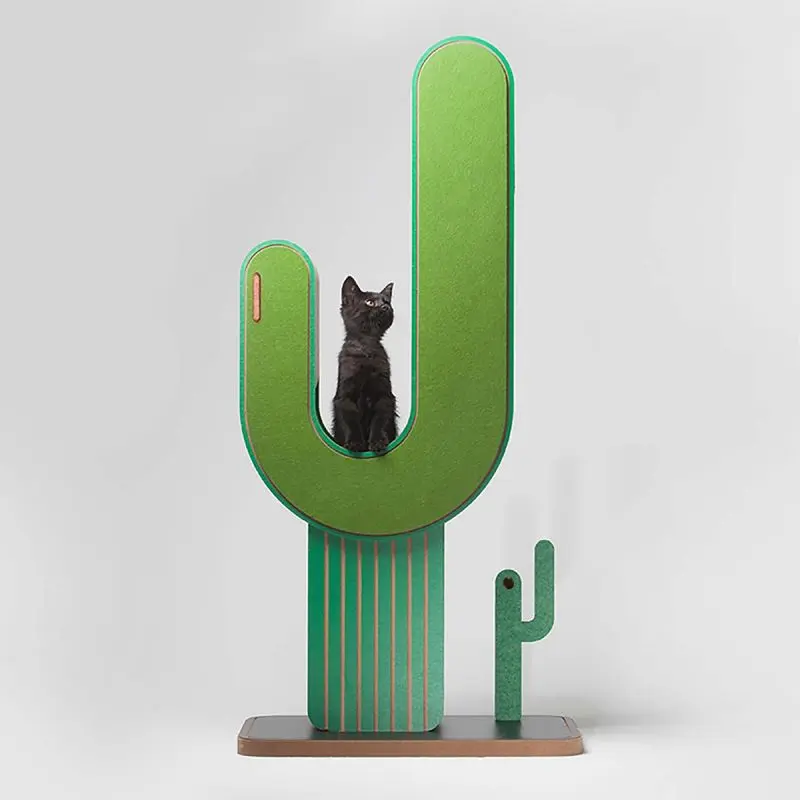Cat trees are a popular and essential item for indoor cats. They provide a safe and stimulating environment for cats to climb, scratch, and play. However, if not properly maintained, cat trees can also become a breeding ground for fleas. Not only can fleas cause problems for your cat, but they can also infest your home. Therefore, it’s important to know how to get rid of fleas on cat trees to ensure the health and well-being of your feline friends.
Regular cleaning and maintenance
The first step in preventing and eliminating fleas on your cat tree is to maintain a clean and hygienic environment. Regular vacuuming and cleaning of your cat tree will help remove any flea eggs, larvae, or adult fleas that may be present. Use a powerful vacuum cleaner and a brush to thoroughly clean the surface of the cat tree, including carpeted areas, scratching posts, and perches.
In addition to vacuuming, it’s important to clean and disinfect your cat tree regularly. Clean surfaces with a mild detergent and warm water, then rinse thoroughly to remove soap residue. After cleaning, allow the cat tree to dry completely before letting your cat use it again.
natural treatment
There are several natural remedies that can help repel and eliminate fleas on cat trees. One effective method is to use lavender, cedarwood or eucalyptus essential oils, which are known for their flea-repelling properties. Dilute a few drops of essential oil in water and spray the solution on your cat tree, focusing on areas where fleas may hide, such as the base of the tree and scratching posts.
Another natural remedy is to use diatomaceous earth, a fine powder made from fossilized algae. Diatomaceous earth is safe for cats and can be sprinkled on cat trees to kill fleas on contact. Make sure to use food-grade diatomaceous earth and avoid inhaling the powder when applying it to your cat tree.
Flea Treatment for Cats
In addition to keeping the environment clean and using natural remedies, it’s important to treat your cat for fleas to prevent reinfestation of your cat tree. There are a variety of flea treatment options available, including topical topical treatments, flea collars, and oral medications. Consult your veterinarian to determine the most appropriate flea treatment based on your cat’s age, weight, and overall health.
When using flea treatments on your cat, be sure to follow the instructions carefully and use the product as directed. Even if only one cat shows signs of fleas, it’s important to treat all cats in the home to prevent the infection from spreading.
Preventing Fleas on Cat Trees
Prevention is the key to stopping fleas and maintaining a flea-free cat tree. In addition to regular cleaning and natural remedies, there are some preventive measures that can help minimize the risk of flea infestation in your cat tree.
One preventative measure is to groom your cat regularly to check for signs of fleas and to remove fleas or flea dirt from the fur. Use a fine-toothed flea comb to comb your cat’s coat, paying close attention to areas where fleas may hide, such as around the neck, ears, and tail.
Another preventive measure is to use a flea prevention product, such as a monthly drip treatment or a flea collar, to protect your cat from fleas. These products can help repel and kill fleas before they infest your cat tree.
Finally, consider using a flea spray or powder designed for use on cat trees and other pet furniture. These products can be applied to cat trees to create a barrier against fleas and other pests, helping to keep the environment clean and flea-free.
In summary, maintaining a clean and hygienic environment, using natural remedies, treating your cat’s fleas, and taking preventive measures are all important steps in getting rid of cat tree fleas. By following these tips, you can ensure that your cat tree remains a safe, enjoyable space for your felines, free of flea nuisances. Remember to consult your veterinarian for personalized advice on flea control and treatment for cats.
Post time: Apr-15-2024

